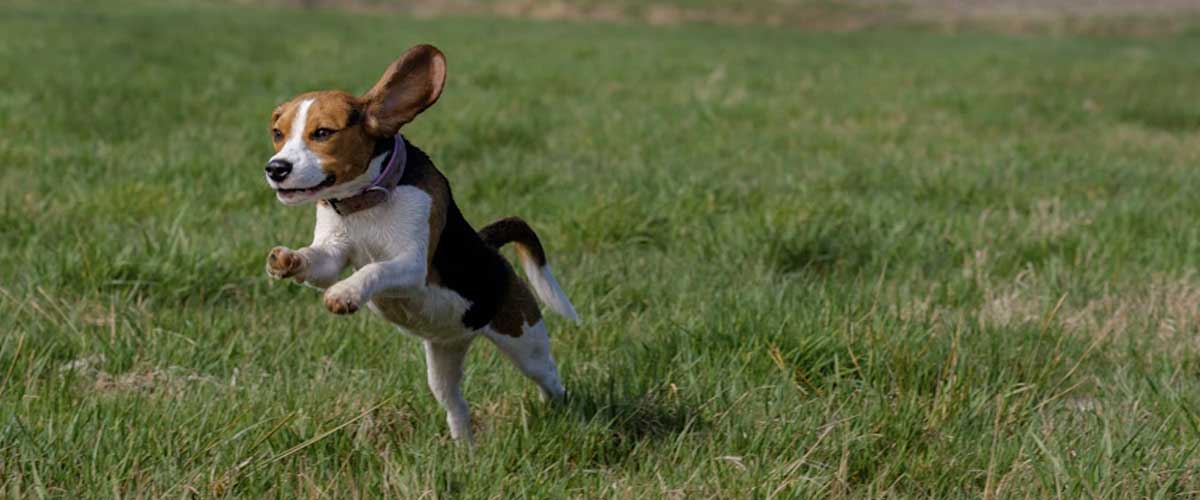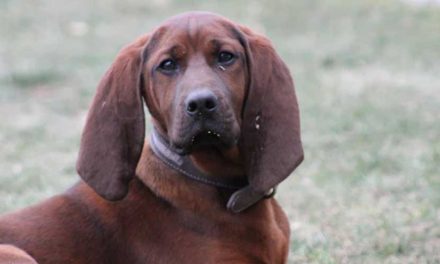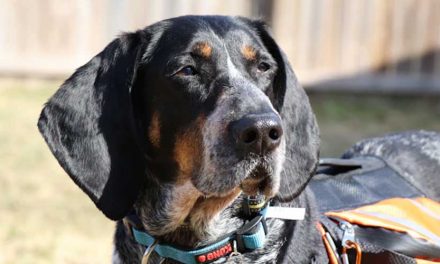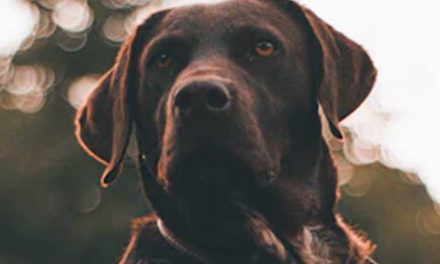The Drever is a lesser-known but intriguing dog breed that hails from Sweden.
Renowned for their remarkable hunting abilities, these dogs possess a distinctive charm that appeals to both dog enthusiasts and hunters alike.
Understanding the Drever requires a look into its history, temperament, physical characteristics, and care needs.
History and Origin
The Drever, often referred to as the Swedish Dachsbracke, has its roots in hunting circles in Sweden.
This breed was developed in the mid-20th century by crossing local scenthounds with the Dachshund, aiming to create a small yet effective tracking dog.
Originally bred to hunt game such as deer and hare, the Drever’s keen sense of smell and energy made it ideal for navigating the dense forests of Scandinavia.
While the Drever was officially recognized by the Swedish Kennel Club in 1945, its lineage showcases a blend of various breeds that contribute to its versatility and adaptability in hunting scenarios.
Physical Characteristics
Drevers are medium-sized dogs, with a robust build that reflects their hunting background.
They typically weigh between 30 to 40 pounds and stand about 12 to 15 inches tall at the shoulder.
One of their most distinguishing features is their short legs, reminiscent of the Dachshund, coupled with a muscular body that provides agility and stamina.
Their coat is usually short and dense, appearing in a variety of colors, including black, tan, and brindle.
Drevers often have a handsome face, characterized by expressive, dark eyes and long, floppy ears that add to their overall appeal.
Temperament and Behavior
Drevers are known for their lively and friendly demeanor.
They are sociable dogs that thrive on companionship, whether with humans or other pets.
Their intelligence and eagerness to please make them relatively easy to train, though they do require consistent guidance and positive reinforcement.
As a hunting breed, Drevers possess a strong prey drive and can be quite energetic.
They need regular exercise to be happy and healthy, enjoying activities such as long walks, hikes, and playtime.
Early socialization is crucial to help them develop good manners and to manage their enthusiasm around other animals and people.
Care and Maintenance
Caring for a Drever involves regular grooming to maintain a healthy coat and skin.
Their short fur requires minimal upkeep, but they should be brushed occasionally to reduce shedding.
Routine dental care, nail trimming, and ear cleaning are also essential for their overall health.
Due to their high energy levels, Drevers benefit from an active lifestyle.
Potential owners should ensure that they can provide ample exercise opportunities to prevent boredom-related behaviors, such as chewing or digging.
Engaging them in activities that stimulate both their mind and body, such as obedience training or agility courses, can be particularly rewarding.
Conclusion
The Drever is a delightful breed that offers companionship, loyalty, and a zest for life.
While they may not be as widely recognized as some other breeds, their unique traits make them a wonderful choice for active families and individuals.
With the right training, socialization, and care, a Drever can become a cherished member of the household, thriving in an environment that appreciates their hunting heritage and playful personality.
If you’re looking for a spirited companion with a rich history, the Drever might just be the breed for you.










